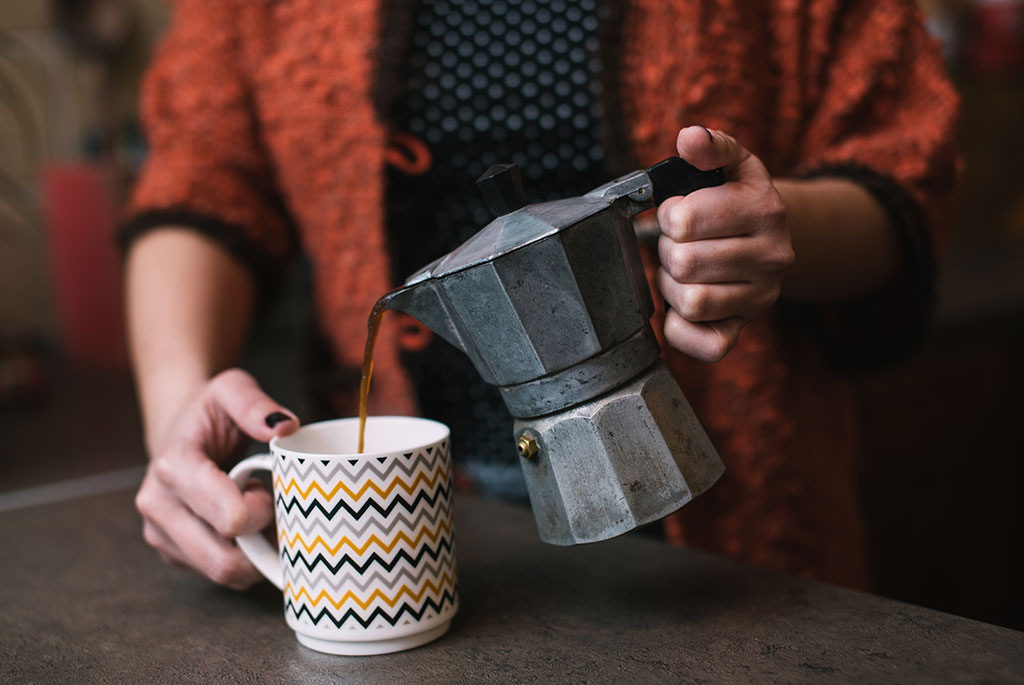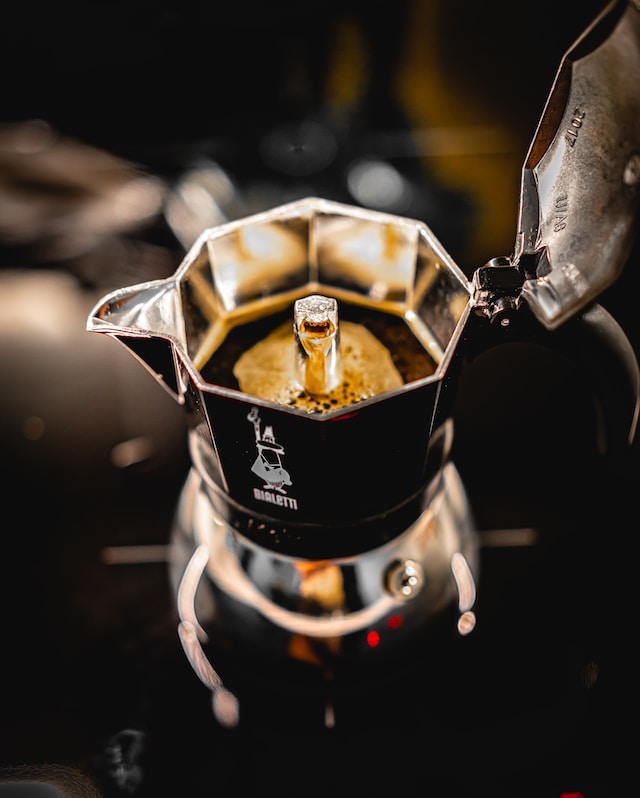The Cheapest Way To Make Espresso At Home
TLDR; The cheapest, most efficient way to make a good cup of espresso is to use Bialetti Moka Pot or Aeropress which are affordable good-quality alternatives.
How espresso is made? we usually associate espresso with espresso machines, maybe moka pots, and very understandably so. When espresso was discovered, it was via espresso machines by an Italian guy named Angelo Moriondo, which was later improved by the famous Bezzera family that still produces espresso machines to this day.
It’s been well over 100 years since, are we still bound to espresso machines and moka pots? No. While some of us, including me, still much prefer the traditional way with modern technology, there are good and cheap solutions that produce great coffee, too. Let’s overview some of those methods now.
AeroPress
This fantastic invention only costs about 40$, you can get it straight from AeroPress official website.
The AeroPress is an extremely popular manual espresso maker that doesn’t require electricity. It’s relatively small, easy to use, and makes great coffee. The yield of the AeroPress is usually small, accommodating 1-2 people, which was the goal of this product to begin with.
Let’s go over the general steps of making espresso with Aeropress.
1. Preparations Coffee and Water
- Boil water. If you can measure your temperature, aim for 185F or 85c Good-quality medium-to-fine ground coffee
- Pull the plunger (the thing you push later)
- Put the filter in the cap and attach/twist it into the body
You need medium-fine grind. The beauty of a dedicated grinder at home is you can easily adjust your settings and not rely on your roaster which would be a total pain.
2. Position Aeropress And Brew
Simply position the Aeropress on top of your cup. Add coffee into the bottom chamber, and slowly add the water. Stir for 10 seconds, and insert the plunger just a little bit (1/2”). Let it sit for about 30 seconds.
3. Press
Apply steady but gentle pressure, and you’ll feel some resistance and it’s okay (this is the magic of espresso).
Once your coffee is ready, you can remove the cap, push the plunger through and clean your device.
French Press
The French Press a.k.a cafetière, is a coffee brewing technology. It wasn’t invented to produce espresso, as it typically used to serve larger coffee volumes, in mugs. Countless coffee hobbyists advise on how to make espresso with a French Press. I sampled some of their recipes, and let me tell you that:
- French Press produces regular coffee, French Press coffee, not espresso.
- Espresso shouldn’t be made with French Press.
French Press is a great coffee maker to have at home, it’s authentic, it makes an excellent cup of coffee while not being incredibly expensive. It costs around 20. It does require a good grinder. A grinder will be the difference between your daily instant coffees and the coffee you grind and brew fresh.
Moka Pot Bialetti

Okay, this is the most authentic Italian way of making Espresso at home. Every Italian household has a Bialetti on a shelf somewhere even if it’s unused by generations. The moka pot is known for its strong, bodied, and bold coffee.
Brewing a good espresso with a moka pot involves a simple process but one that easily confuses a lot of people. There are some challenges to pay attention to, that otherwise would screw your beverage.
Challenges:
- Water getting too hot. The result is a bitter undrinkable cup of coffee. Pre-boil your water, fill your moka pot’s lower chamber with pre-boiled water that’s been cooled down a little bit and go ahead.
- Coffee quality and grind settings. Use good-quality beans, grind coarser than you would espresso and finer than you would your typical drip coffee.
- Channeling. Do not tamp your coffee bed (puck) when filling your moka filter basket. Tap to even out, but don’t tamp.
Step by step process:
-
Start by filling the lower chamber of the Moka pot with cold water up to the safety valve. Make sure not to overfill it.
-
Puck preparation, this one is also often overlooked. Insert coffee into your coffee filter, and tap to even it out. If you have a cap filter like the one in the Aeropress, use it!
-
Connect the top and bottom parts of your moka pot. Be careful, your lower chamber is hot. Use a towel.
-
Place the Moka pot on the stove over low to medium heat. Make sure to use a low flame if you have a gas stove or induction. Keep the lid open
-
Once the water is boiling and you hear a hissing sound, you’ll probably notice coffee coming through. Important key moment: watch for your coffee flow rate. The key is to maintain a stable flow rate, therefore you must lower the heat! If the flow rate still increases, temporarily remove the pot from the heat source.
-
When the coffee is done, remove the Moka pot from the stove and wait for a few seconds until the hissing sound stops.
-
Pour the coffee into your cup and enjoy it. You can add sugar, milk, or cream as per your taste.
After your brew is finished, it’s time to measure the findings. What to look for?
- Taste. Is it delicious? Is it too bitter?
- Brew time. Aim for 2-3 minutes. Brewed too quickly, and you get channeling.
- Ratio. How much of the water got absorbed? A general ratio of approximately 1:3 is good to aim for. If you have a higher ratio you’ll get a diluted coffee, which is fine if that’s what you’re after.
I recommend watching The Wired Gourmet’s video for thorough technique, to achieve mastery.
The Bialetti’s costs depend on the capacity, for larger servings, it can get higher than 40$. If you intend to serve fewer drinks, there are cheaper options available on Amazon. There are also unique versions from various brands that cost more than the traditional Bialetti moka.
To Conclude
Using any of the alternatives above, you can get a perfect, delicious cup of coffee. If you would like, you can turn it into a milk-based drink, be it your cappuccino, cortado or latte. You still have to steam milk somehow, here’s a link to various methods available.
Not everyone is as happy spending thousands of dollars on expensive coffee gear, as I am. In this post, we have covered budget alternatives and went shortly on how to use them properly. Though, those aren’t exhaustive guides, and you should be looking for more articles and tutorials because there are various recipes and methods of brewing coffee with each of those instruments. There is even an AeroPress championship.
One option that is not covered in this post, is the Flair. It’s still considerably cheaper than any capable espresso machine, it costs anywhere between 99$ and ~350$, and it also requires a dedicated grinder. It’s a huge step-up in terms of preparing top-notch espresso at home. You should definitely consider it. In case you’re into espresso and are willing to invest more and use espresso machines, I’ve covered a list of espresso machines for under 500$, as well as some prosumer machines and lever machines.
I hope you found this post helpful. In case you have any suggestions, let us know.
